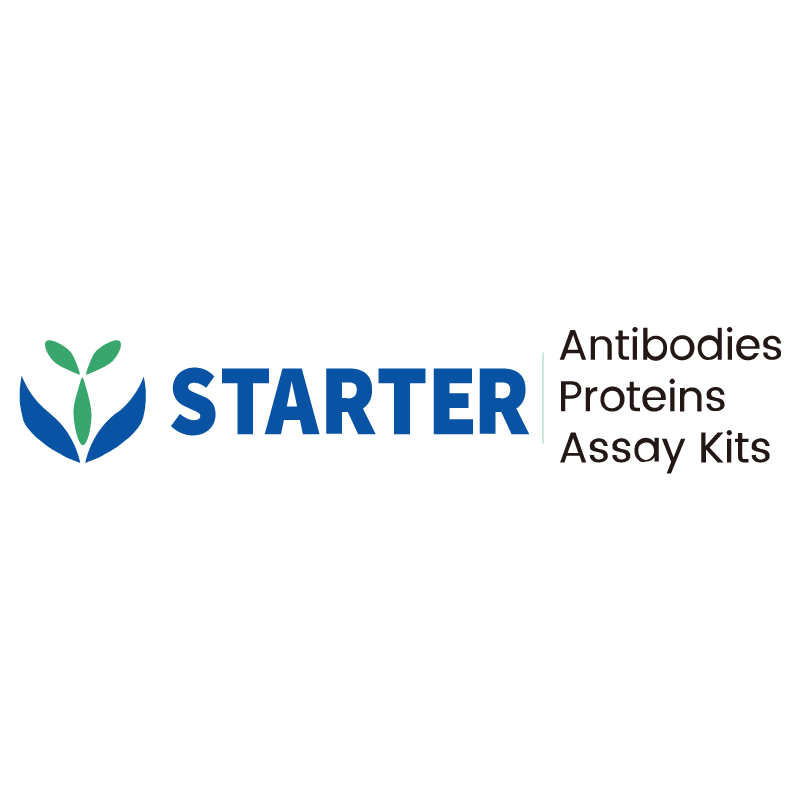Flow cytometric analysis of Rat CD4 expression on SD Rat splenocytes. SD Rat splenocytes were stained with Brilliant Violet 605™ Mouse Anti-Rat CD3 antibody and either Mouse IgG1, κ Isotype Control (Left panel) or SDT FITC Mouse Anti-Rat CD4 Antibody (Right panel) at 5μl/test. Flow cytometry and data analysis were performed using BD FACSymphony™ A1 and FlowJo™ software.
Product Details
Product Details
Product Specification
| Host | Mouse |
| Antigen | Rat CD4 |
| Synonyms | T-cell surface glycoprotein CD4; T-cell surface antigen T4/Leu-3; W3/25 antigen |
| Location | Cell membrane |
| Accession | P05540 |
| Clone Number | S-R631 |
| Antibody Type | Mouse mAb |
| Application | FCM |
| Reactivity | Rt |
| Positive Sample | SD Rat splenocytes |
| Purification | Protein G |
| Concentration | 0.2 mg/ml |
| Conjugation | FITC |
| Physical Appearance | Liquid |
| Storage Buffer | PBS, 25% Glycerol, 1% BSA, 0.3% Proclin 300 |
| Stability & Storage | 12 months from date of receipt / reconstitution, 2 to 8 °C as supplied. |
Dilution
| application | dilution | species |
| FCM | 5μl per million cells in 100μl volume | Rt |
Background
CD4 protein is a membrane glycoprotein expressed on the surface of T lymphocytes, B cells, macrophages, and granulocytes. It plays a crucial role in the immune response by acting as a coreceptor with the T-cell receptor (TCR) to recognize antigens presented by antigen-presenting cells (APCs) in the context of class II MHC molecules. CD4 is also the primary receptor for the entry of the human immunodeficiency virus (HIV) through interactions with the HIV Env gp120 subunit. In T-cells, CD4 functions primarily as a coreceptor for the MHC class II molecule:peptide complex, facilitating the recruitment of the Src kinase LCK to the vicinity of the TCR-CD3 complex, which initiates various intracellular signaling pathways leading to lymphokine production, motility, adhesion, and activation of T-helper cells. In other cells such as macrophages or NK cells, CD4 plays a role in differentiation/activation, cytokine expression, and cell migration through a TCR/LCK-independent pathway. CD4 is involved in the development of T-helper cells in the thymus and triggers the differentiation of monocytes into functional mature macrophages.
Picture
Picture
FC


